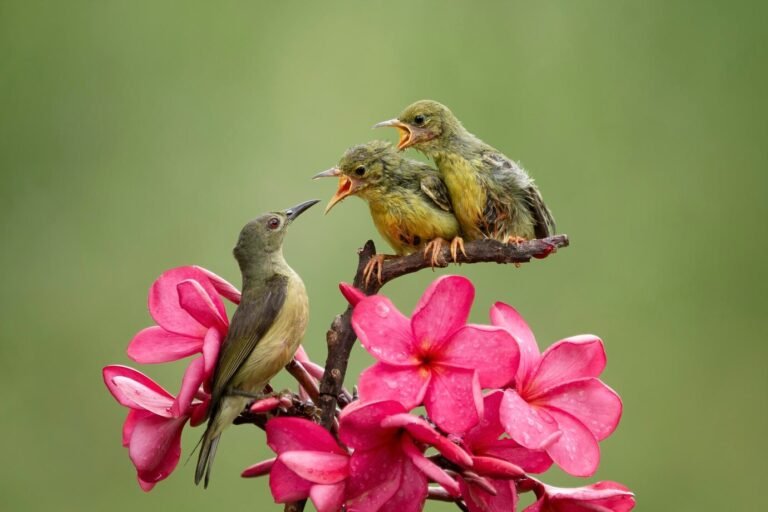
Introduction
The term “Prostavive Colibrim” evokes curiosity and intrigue, suggesting a blend of mystery and beauty. Whether it refers to an artistic concept, a poetic expression, or an undiscovered phenomenon, it invites exploration. This article delves into the possible meanings, interpretations, and significance of Prostavive Colibrim, weaving together imagination and analysis to uncover its essence.
1. The Origin and Etymology of “Prostavive Colibrim”
The phrase “Prostavive Colibrim” appears to be a unique combination of words, possibly derived from multiple linguistic roots. “Prostavive” could be linked to Slavic languages, resembling words like “prostavit” (to offer or present), while “Colibrim” might relate to “colibri” (hummingbird in Romanian) or “kolibri” (German for hummingbird). This fusion suggests a theme of delicate presentation or fleeting beauty, much like the rapid, graceful movements of a hummingbird. The ambiguity of its origin adds to its enigmatic charm, leaving room for personal interpretation.
2. Symbolism and Interpretations
If we consider “Prostavive Colibrim” as a symbolic phrase, it may represent the transient nature of beauty, creativity, or even life itself. The hummingbird, often a symbol of joy, resilience, and energy, combined with a term suggesting presentation or offering, could imply a gift of fleeting moments. Artists and poets might see it as a metaphor for capturing ephemeral emotions—how brief yet profound experiences can be preserved through expression. Alternatively, it could signify a philosophical idea: that true beauty lies in its impermanence, urging us to appreciate the present.
3. Artistic and Literary Connections
Throughout history, artists and writers have drawn inspiration from elusive concepts, and “Prostavive Colibrim” fits seamlessly into this tradition. Imagine a surreal painting where a hummingbird hovers over an abstract, dreamlike landscape—its wings blurred in motion, symbolizing both fragility and strength. In literature, this phrase could title a poem about longing, where the speaker offers something intangible yet deeply meaningful. The interplay between the words invites creative minds to explore themes of grace, transience, and the act of giving something beyond the material.
4. Modern Cultural Relevance
In today’s fast-paced world, where moments pass quickly and attention spans shorten, “Prostavive Colibrim” could resonate as a reminder to slow down and cherish small wonders. Social media trends, digital art, and even mindfulness movements might adopt this phrase to represent the beauty in brevity. A photographer might use it to describe a series of images capturing split-second natural phenomena—raindrops on petals, a hummingbird mid-flight, or the fading colors of a sunset. Its poetic ambiguity makes it adaptable across various creative fields, allowing each person to assign their own meaning.
5. Philosophical Reflections on Impermanence
Beyond art and language, “Prostavive Colibrim” could inspire deeper philosophical discussions. Many Eastern philosophies, such as Zen Buddhism, emphasize the importance of embracing impermanence (“mono no aware” in Japanese aesthetics). The phrase might serve as a meditative mantra, encouraging acceptance of life’s fleeting nature while finding beauty in its passing. If we interpret “Prostavive” as an act of offering, it becomes a poetic gesture—giving meaning to moments that, like a hummingbird’s visit, are brief but unforgettable.
Conclusion: The Enduring Mystery of “Prostavive Colibrim”
Ultimately, “Prostavive Colibrim” remains open to interpretation—an artistic riddle that invites curiosity and reflection. Whether seen as a metaphor, a creative prompt, or a philosophical concept, its power lies in its ambiguity. Like a hummingbird that darts in and out of view, the meaning of this phrase flickers between clarity and mystery, urging us to pause, observe, and find our own significance within its poetic resonance.